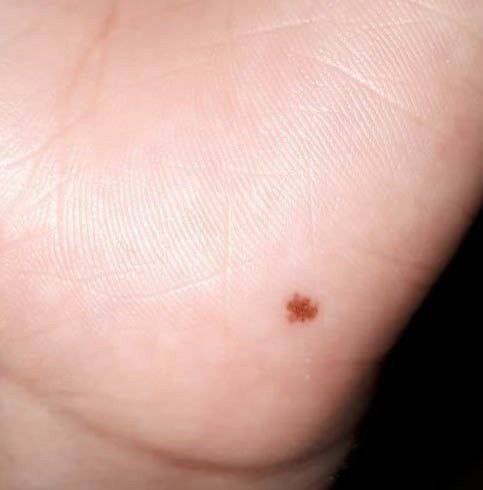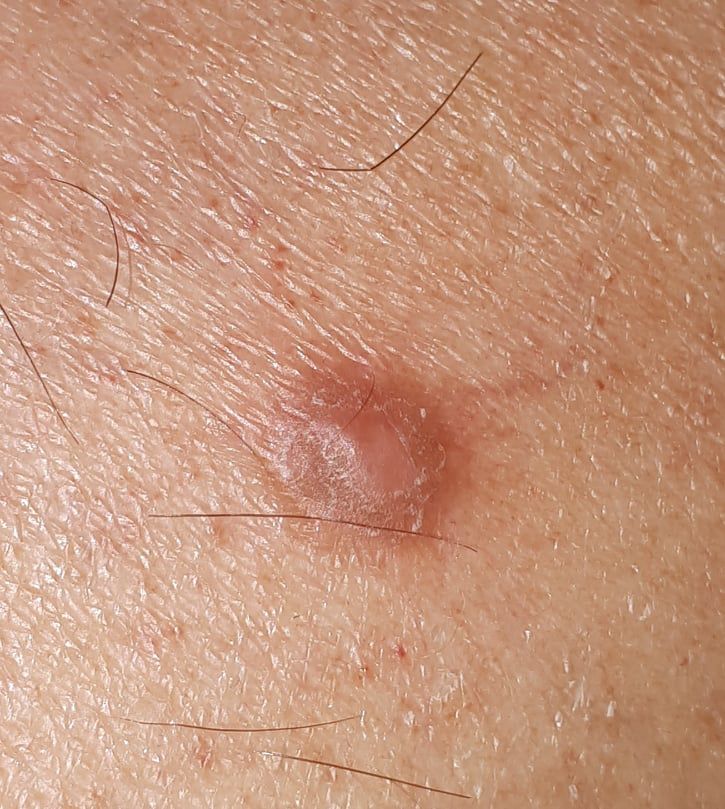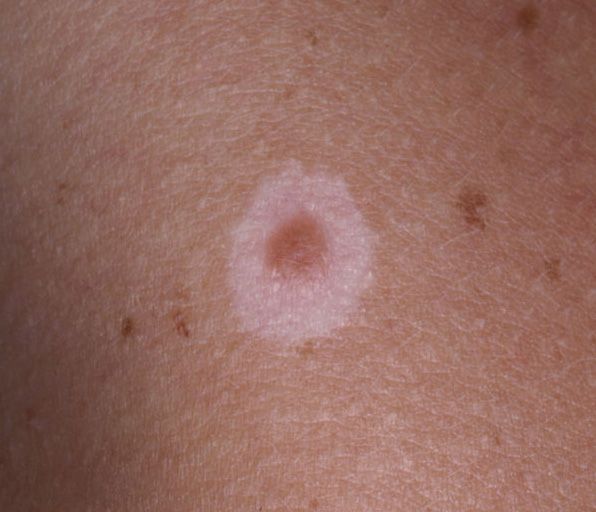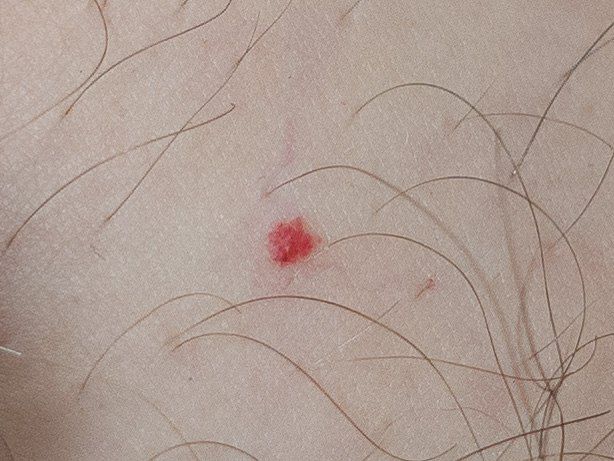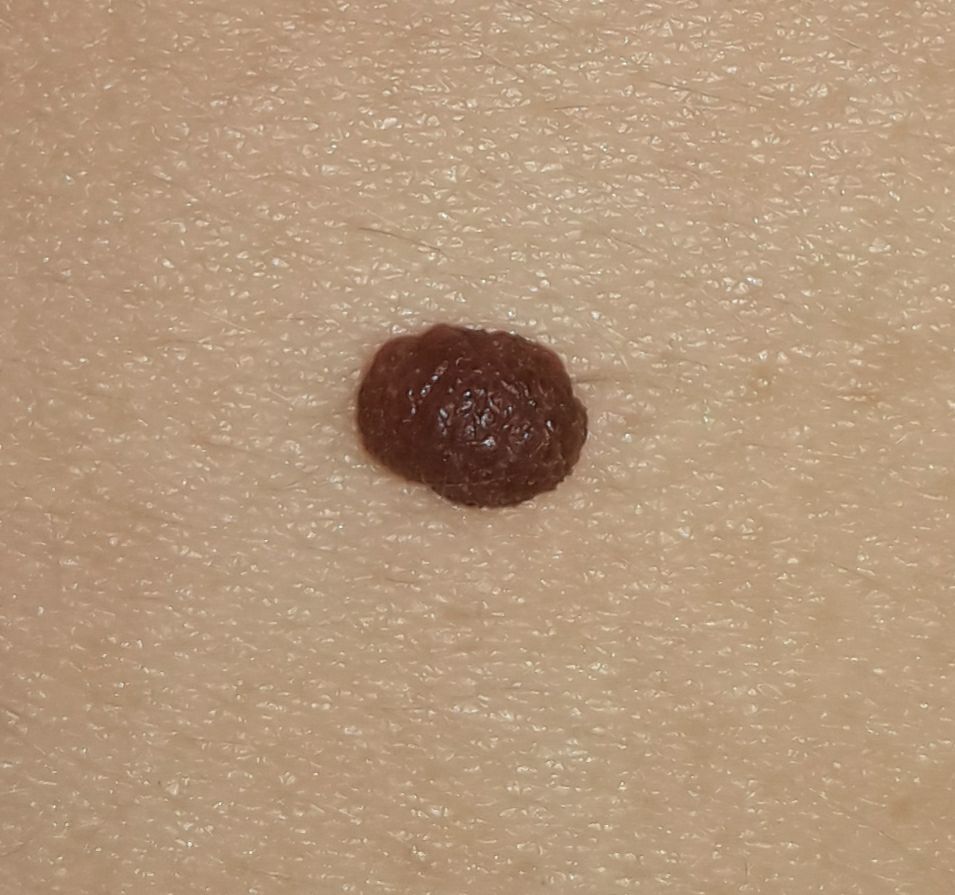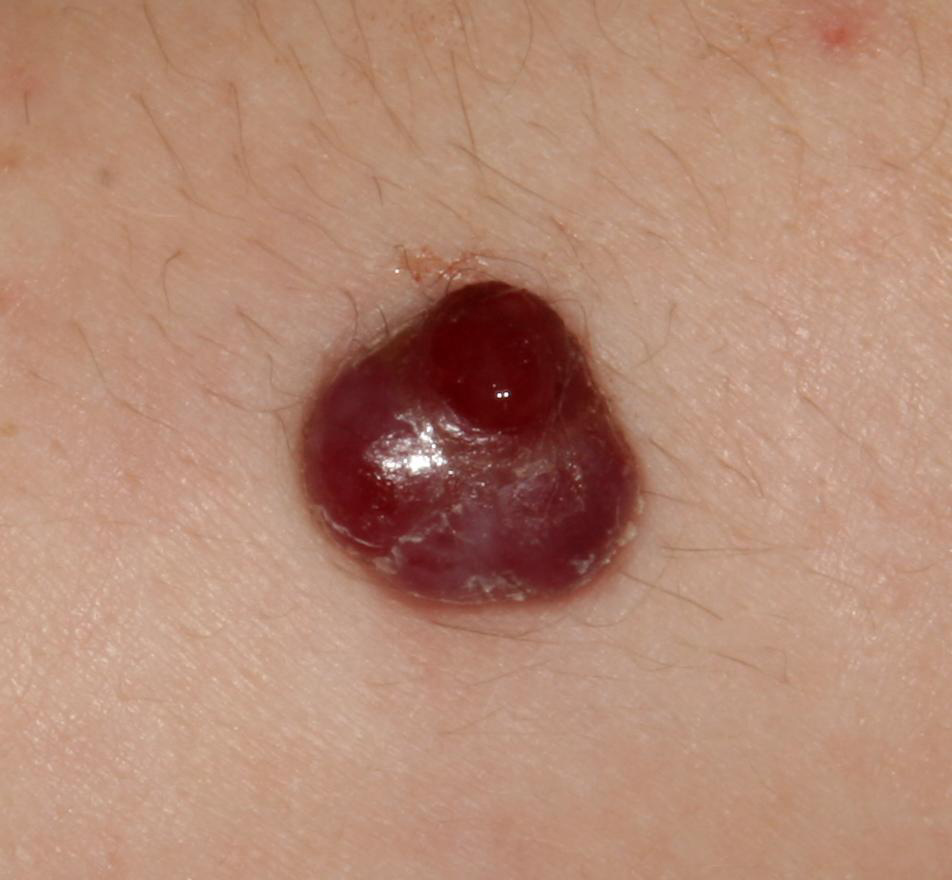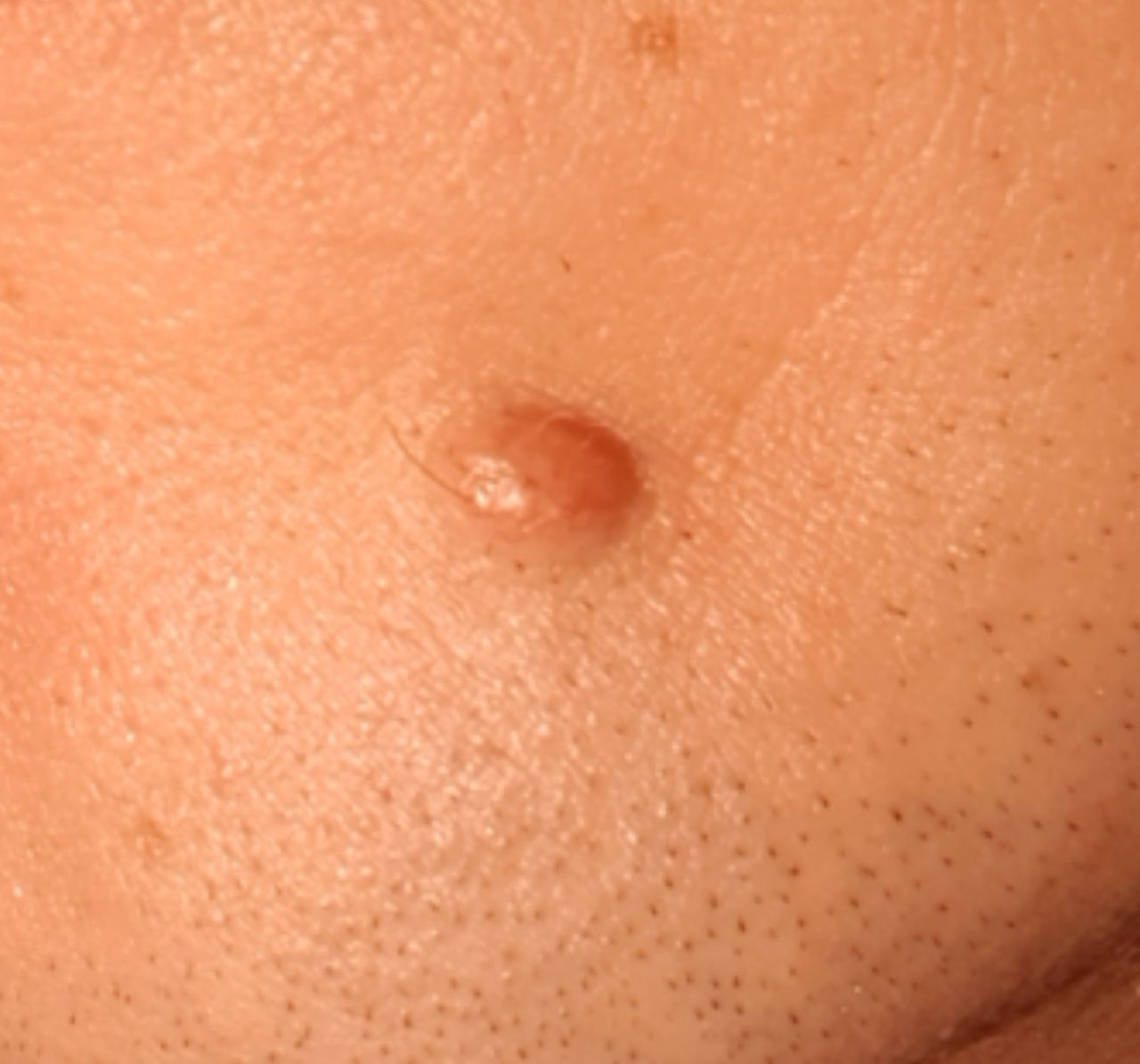Benign moles, also known as neoplasms, are non-cancerous growths on the skin that typically appear as small, dark spots or raised bumps. They are usually harmless and result from clusters of pigmented cells.
💚 Low risk: Benign moles are generally not dangerous. However, if they exhibit changes in size, shape, color, or other characteristics, they should be evaluated by a healthcare professional to rule out any concerning developments.
💊 Treatment: Treatment or diagnosis for benign moles is typically not urgent unless there are significant changes or symptoms. If you notice any concerning changes in your moles, it’s advisable to schedule an appointment with a dermatologist for evaluation. Dermatologists specialize in diagnosing and treating skin conditions, including benign moles.
💡 Skin Self-Exams tips: To perform skin self-examinations, follow the ABCDE rule.
Perform skin self-examinations regularly, ideally once a month, to monitor for any new or changing lesions. Additionally, be vigilant about any unusual or concerning changes in your skin and promptly report them to your dermatologist.
